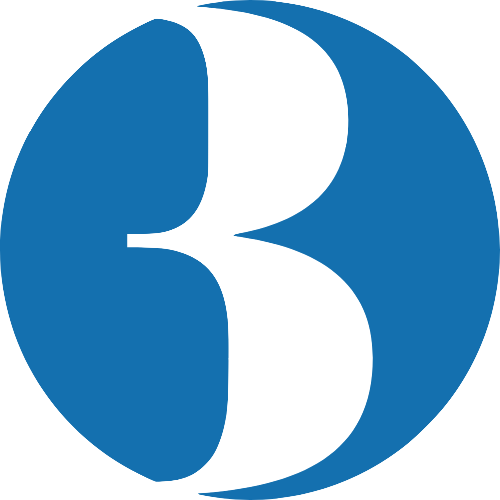The Most Valuable Part of a Recruiting Firm
[transcribed from video above]
Let's talk about the changing value of a recruiting firm. Early on in the wee early days when I was in recruiting, the real value of your recruiting firm was on your database, it was the contact info, it was the cell phones, the emails, the landline phones, the office phones and their extensions, really early on, that was our value. We could even package that up and sell that for millions and millions. But then everyone got access to the same stuff. So it didn't make sense to have the value align to that.
Then we had our relationships. It was who do we have that relationship with? Who do we have access to with the C suite? Who do we have access to at the hiring manager level? What relationships do we have with these candidates that are kind of come back to us all the time. But then we realized that's transient, right? That's related to a specific person, if that specific person leaves our firm, of which most recruiting firms are like 100% turnover over their recruiters, those relationships are transient, we don't have a lot of value that we can reliably tied to those.
Now, I feel like the transition is switching to data. Not so much contact info, but transactional data, every single time someone makes a job change in your system, you can then use that data to predict the rest of the placements. And finally, if we have a person with a certain profile, they go into a job with a certain profile. And these are the certain qualities that had to happen, or they had to have to make that transition possible. That's an if then statement, if this person and this job, then this. That's what you put into a machine learning algorithm. That's what you put your AI on to tackle. That's what you really want to start really keeping track of in a single system. Because if it's not in a single place, some sort of machine learning technology is gonna have a really hard time predicting things.
That's the value of your firm. Now, it's the transactional data. It's every single time someone makes a switch, we have the ability to then plug that into a machine learning algorithm and predict the rest. So think about what that makes possible. One, it makes predicting the future possible. If you have a huge collection of these this type of talent, you could predict how likely you are to place them like a playability score. If you have a specific job, you now have the ability to predict how I guess likely it is to fill that position, maybe like a fill ability score. So now in a world where we weren't able to predict to predict future things, we were just able to report on what has happened. Now, if we keep track of all the transactional data, we can report what's coming in the future or likely to come in the future with a certain amount of certainty, I guess, our confidence score, whatever we can build on that, I guess, but overall, transactional data is what's important about your firm right now, think about going forward, how you're going to keep all that transaction data in one system. You're likely out on LinkedIn or you're making placements in spreadsheets or you're not bringing it into your system until a placement actually occurs. How can you get all of that information into one system?

